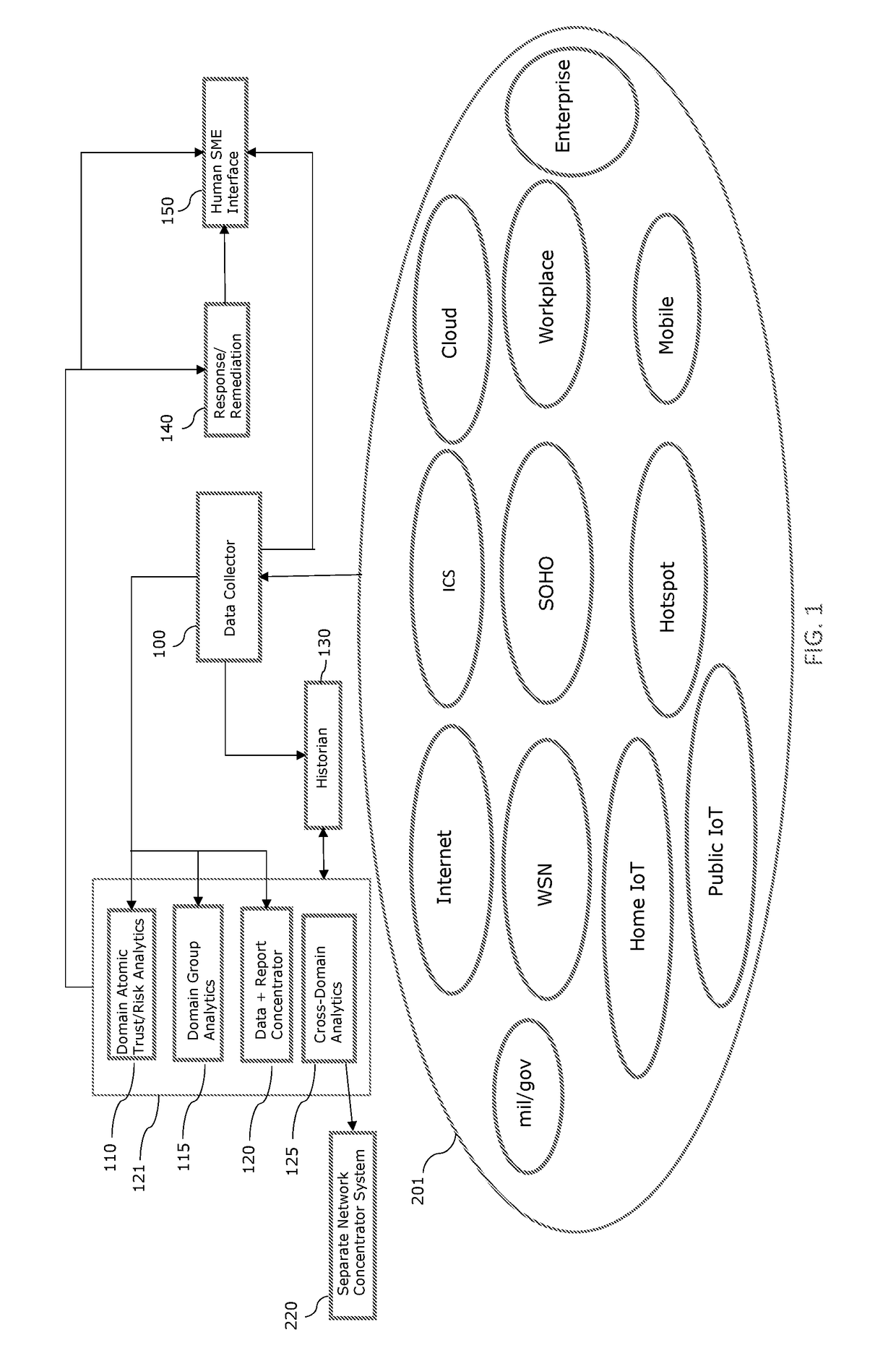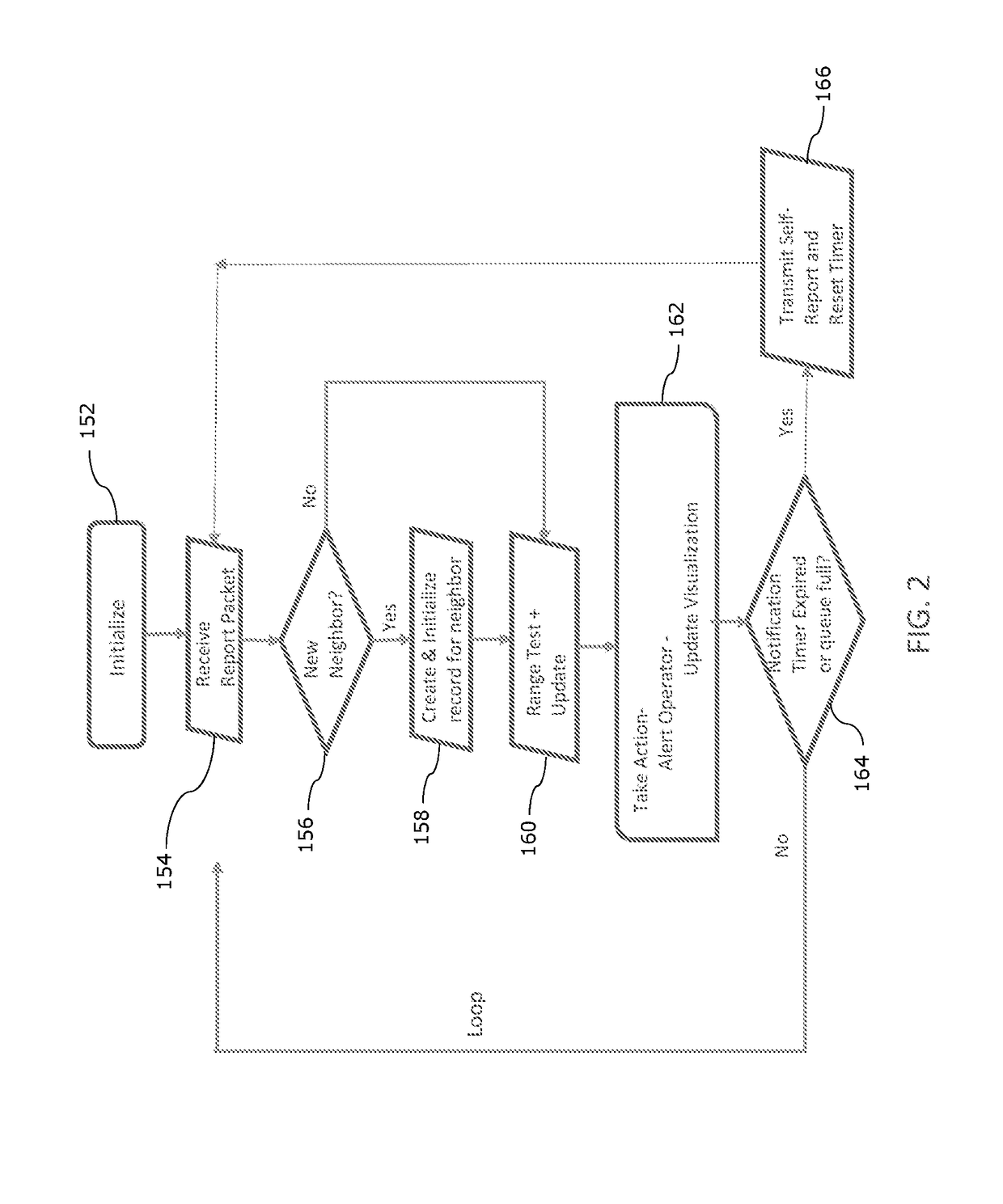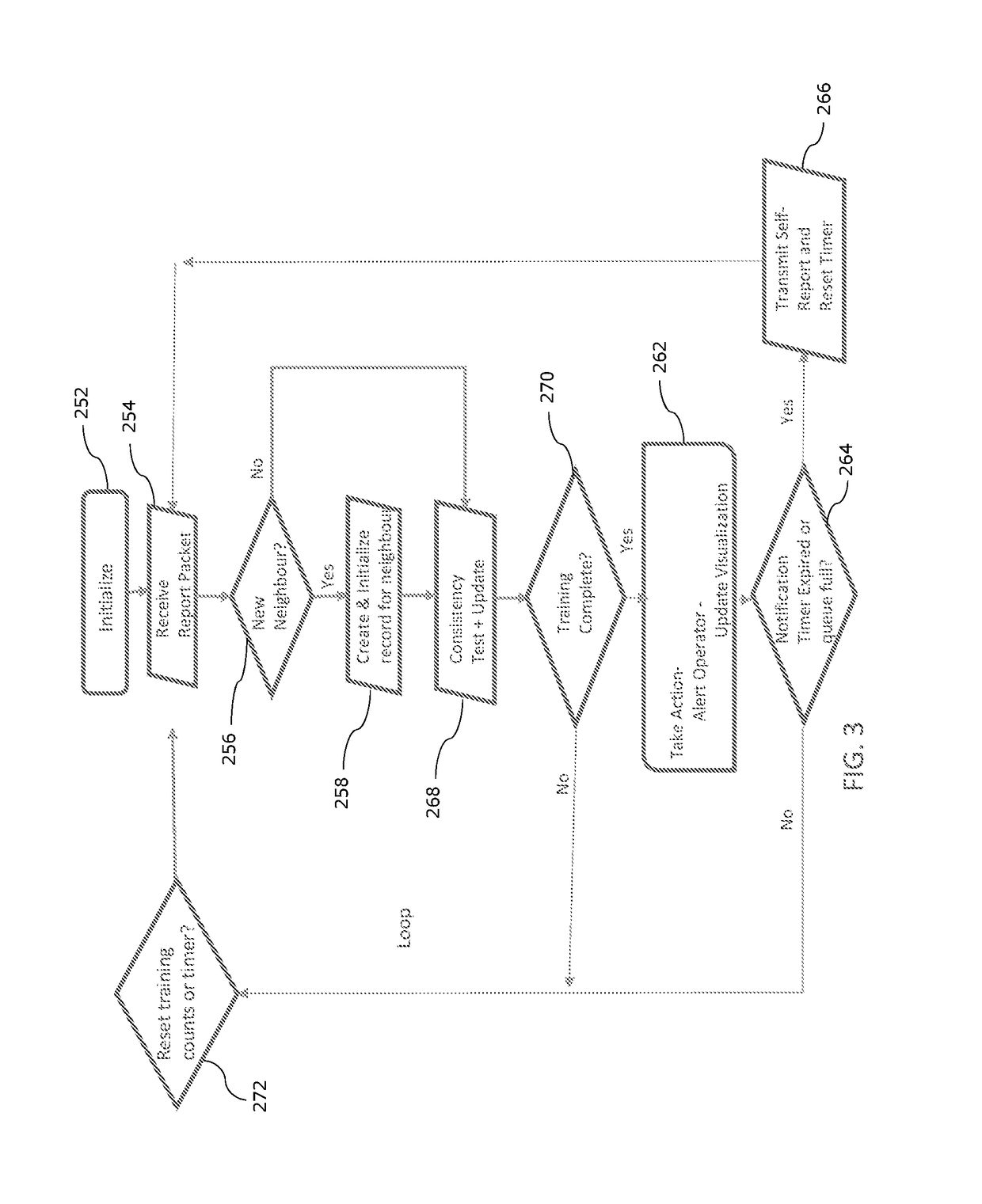Deep Architecture for Learning Threat Characterization
a threat and deep architecture technology, applied in the field of communication network operation, can solve the problems of insufficient effective detection, unrealistic to expect either human experts or automated systems to know all the relevant technologies in detail, and not separate the important alerts, warnings, and alarms
- Summary
- Abstract
- Description
- Claims
- Application Information
AI Technical Summary
Benefits of technology
Problems solved by technology
Method used
Image
Examples
Embodiment Construction
[0026]The subject technology overcomes many of the prior art problems associated with operating a communications network. In brief summary, the subject technology provides a system and method where anomalous or dangerous activity is identified within a communications network and appropriate remedial action can be taken. The advantages, and other features of the systems and methods disclosed herein, will become more readily apparent to those having ordinary skill in the art from the following detailed description of certain preferred embodiments taken in conjunction with the drawings which set forth representative embodiments of the subject technology. Like reference numerals are used herein to denote like parts.
[0027]As used herein, certain terms and phrases of art are defined as follows:
[0028]“Trust” is a dynamic (time-varying) quantitative measure (a number or an ordered set of numbers) of how reliably we expect a network entity (such as a user, workstation, server, device, or ser...
PUM
 Login to View More
Login to View More Abstract
Description
Claims
Application Information
 Login to View More
Login to View More - R&D
- Intellectual Property
- Life Sciences
- Materials
- Tech Scout
- Unparalleled Data Quality
- Higher Quality Content
- 60% Fewer Hallucinations
Browse by: Latest US Patents, China's latest patents, Technical Efficacy Thesaurus, Application Domain, Technology Topic, Popular Technical Reports.
© 2025 PatSnap. All rights reserved.Legal|Privacy policy|Modern Slavery Act Transparency Statement|Sitemap|About US| Contact US: help@patsnap.com



